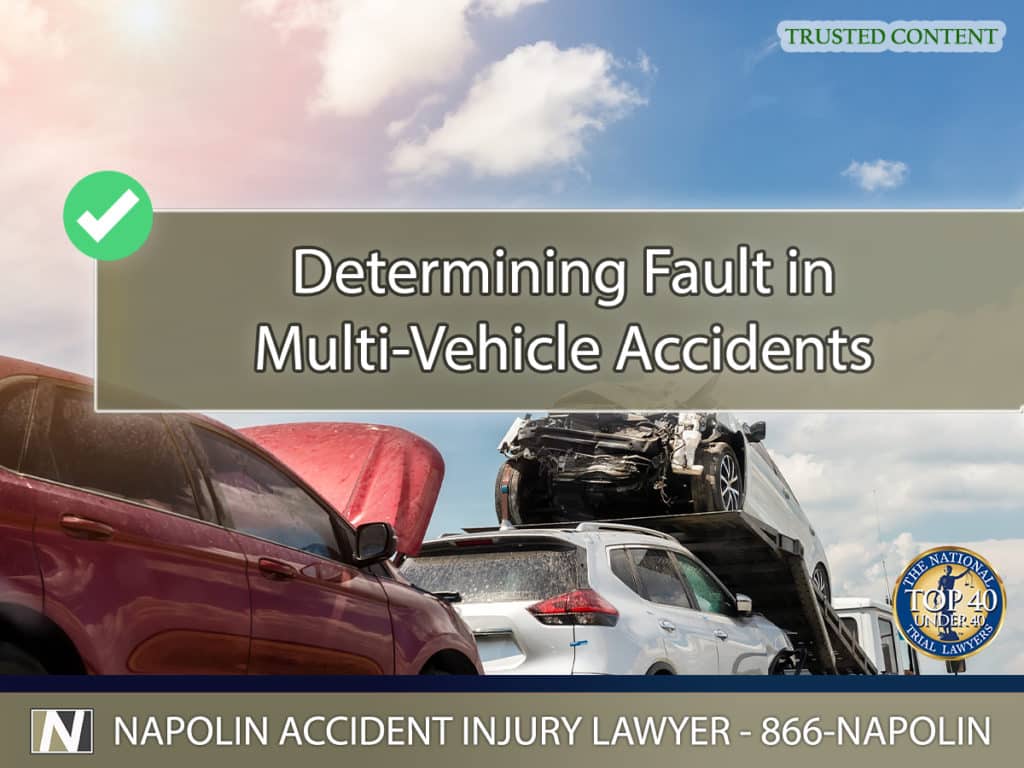Multi-vehicle accidents in California present a complex challenge when it comes to determining fault. With the bustling highways and diverse weather conditions across the state, these accidents are unfortunately common. Understanding who is at fault in a multi-car accident is crucial for victims seeking compensation for their injuries and damages. This article delves into the intricacies of multi-vehicle collisions, offering insight into the legal landscape of California's traffic law.
Understanding Multi-Vehicle Accidents
Understanding Multi-Vehicle Accidents
A multi-vehicle accident, by definition, involves three or more vehicles in a chain of events leading to a collision. These incidents often occur on highways and are characterized by their potential for significant damage and injury. The complexity of these accidents makes determining negligence a challenging task, requiring thorough investigation and expert legal analysis.
Common Types of Multi-Vehicle Accidents
Multi-vehicle collisions can take various forms, each with unique factors contributing to fault determination. Head-on collisions often result from a vehicle entering oncoming traffic, leading to severe consequences. Rear-end collisions and chain reactions typically occur in heavy traffic, where one vehicle's impact sets off a domino effect. Accidents in intersections and chain reaction crashes further complicate fault determination, requiring detailed reconstruction and analysis.
Presumptions of Fault in Multi-Vehicle Accidents
Presumptions of Fault in Multi-Vehicle Accidents
Although general presumptions exist for determining fault in multi-vehicle accidents, such as the rear-end presumption where the trailing vehicle is often at fault, these are not absolute. External factors like weather conditions, road quality, and sudden maneuvers can shift fault among parties. California's legal system requires a nuanced approach to these presumptions, emphasizing the need for comprehensive evidence collection.
The Investigation Process
The investigation of a multi-vehicle accident involves multiple stakeholders, including police, insurance companies, and personal injury attorneys. Collecting evidence such as video footage, eyewitness accounts, and expert testimony is crucial to building a case. This evidence helps to challenge initial presumptions of fault, providing a clearer picture of the events leading to the accident.
Legal Implications Once Fault Is Established
Establishing fault in a multi-vehicle accident triggers a series of legal implications under California law. The responsible party, or parties, may be liable for compensating victims for damages and injuries. California's shared fault laws, specifically the principle of comparative negligence, play a significant role in determining compensation amounts based on the degree of fault assigned to each involved party.
The Role of a Personal Injury Lawyer in Multi-Vehicle Accidents
In the aftermath of a multi-car collision, a personal injury lawyer becomes an invaluable asset. An attorney can conduct an independent investigation, challenge evidence presented by insurance companies, and advocate for the victim's right to fair compensation. Legal representation is crucial in navigating the complexities of multi-vehicle accident claims, ensuring that victims receive the compensation they deserve.
Determining Fault in Multi-Vehicle Accidents in Ontario, California
Determining Fault in Multi-Vehicle Accidents in Ontario, California
Multi-vehicle accidents in California require a detailed understanding of legal principles and a strategic approach to fault determination. Victims of such accidents should seek the expertise of a qualified personal injury lawyer to navigate the claims process. If you or a loved one has been involved in a multi-vehicle accident, call Napolin Accident Injury Lawyer at (909) 962-8415 for a free consultation. Our extensive litigation experience in multi-vehicle accident cases ensures that your rights are protected and you receive the compensation you deserve.

